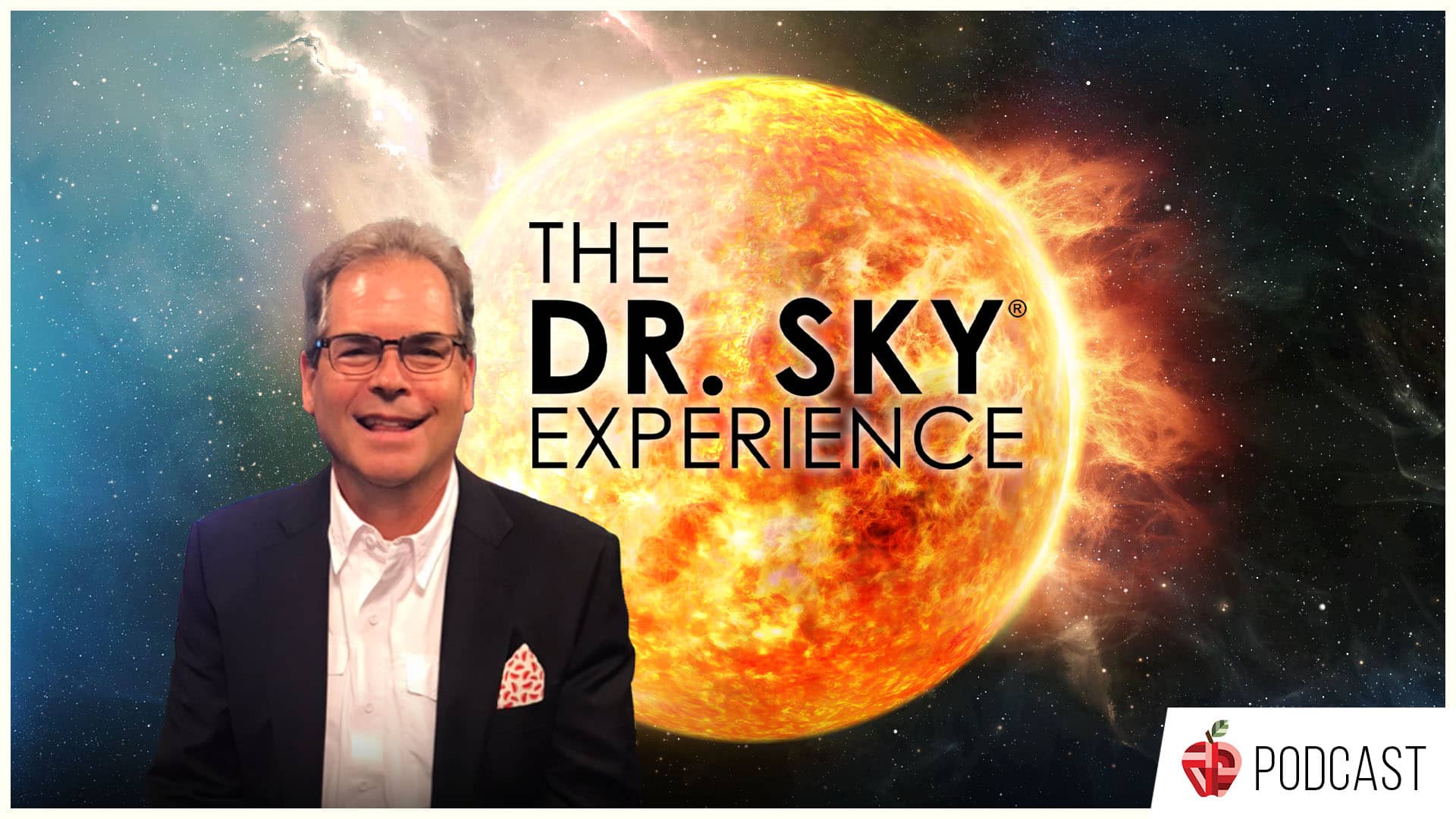
dr-sky-1920X1080-v2
Meteor showers come and go, but some are better than others and the next decent shower
is the annual Orionid meteor shower which will begin lighting up the skies in a week or so!
For those of you that do not know about these celestial wonders, I can describe them as the debris from the tail of comets.
As a comet orbits the Sun, a close approach to the Sun forces material off the nucleus of
the comet via the sandblasting effect of the solar wind.
Some of the particles are as small as beach sand, while others may be larger pebble sized.
As the orbit of the comet traces out a large path around the Sun, the Earth intersects with
the orbital plane of the comet. When this occurs, we get to see whatever debris lies in that
orbital plane as it hits the outer layers of the atmosphere.
The many so called “Shooting Stars” that you see, are this debris.
Here is an illustration of this in some detail:
https://cdn.mos.cms.futurecdn.net/8wrZTM9UBHLmXME2KhQyUM-1024-80.jpg.webp
The best views of meteor showers come from a dark location, but those in the city may also have a chance to see some activity too!
Meteor showers are focused on a point in the night sky known as the radiant.
The best views of the meteors are not looking directly at the radiant all the time, as many
meteors are seen by looking in all directions during the night.
The next decent meteor shower is the classic Orionid meteor shower. The radiant of this shower is located in the upper left corner of the constellation Orion the Hunter:
The location of the Orionids is best seen here:
By now you are probably wondering which comet is responsible for the Orionid meteor shower?
The answer is…..Halley’s Comet!
Halley’s Comet is one of the most recognizable comets of all time. It moves around the Sun with an orbit of some 76 years.
Last seen on Earth in 1986, Halley’s Comet will return to our skies in 2061. That is a long time from now to be without the memory of the comet. In the meantime, we can at least get to view some of the leftovers!
Most agree that this years 2022 Orionid shower will peak on the morning of October 20th and 21st. The Moon will be a slender crescent rising in the wee hours and should not interfere too much with the view.
Looking to the eastern sky after 1 AM, the constellation of Orion will be well placed for the hopeful sky show.
At best you may get to see upwards of 15 meteors in an hour. There is NO guarantee of how many you can see!
Here is some background on Halley’s Comet:
https://en.wikipedia.org/wiki/Halley%27s_Comet#2061
If you miss this one, due to weather, etc.; here is a listing of major and minor showers during the calendar year:
https://en.wikipedia.org/wiki/List_of_meteor_showers
Best of luck in viewing the Orionids!…
To print your own monthly star chart, click here.
To view satellites/dates/times of passage, click here.














